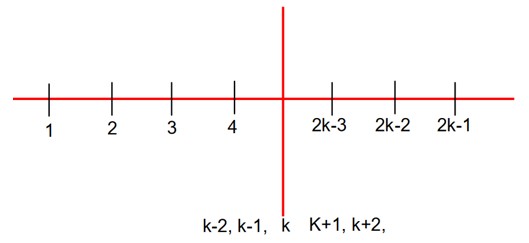Maths Statistics
Get insights from 54 questions on Maths Statistics, answered by students, alumni, and experts. You may also ask and answer any question you like about Maths Statistics
Follow Ask QuestionQuestions
Discussions
Active Users
Followers
New answer posted
3 months agoNew answer posted
3 months agoContributor-Level 10
Z distribution and Chi-Squared are some of the most popular distribution patterns of probability, and it is vital to recognise the variations between them and when to use the distribution pattern. A Z table is of no use when the operation revolves around a smaller sample size. On the other hand, the distribution of a sum of independent regular k squares in standard normal variables is the chi-square distribution of k degrees of freedom. The tests are used for the independence of two variables in an incident table and to assess the observable data for
New answer posted
3 months agoContributor-Level 10
Five types of sample statistics include sample mean, sample variance, sample standard deviation, sample proportion.
- Sample mean is the average of all data points in a sample. It is calculated by summing all values in sample and then dividing by number of observations.
- The sample variance measures the dispersion and spread of data points in sample. It indicates the average of squared differences from sample mean.
- Sample standard deviation is the square root of the sample variance that provides a measure of dispersion in same units as data.
- The sample proportion is fraction of the sample that has a certain attribute or characteristics. This
New answer posted
3 months agoContributor-Level 10
Arithmetic mean is the measure of central tendency that is most affected by extreme items or outliers in the dataset. The reason behind this is since mean is calculated by summing up all the values and after that, it is divided by the number of values. Extreme values may disproprotionately impact the sum which in turn skews the mean and make it less represenative of dataset as whole.
New answer posted
3 months agoContributor-Level 10
Median is considered to be the most suitable average for qualitative measurement. It divides an entire frequency distribution into two haves. This is especially useful for ordinal data where values represent categories with meaningful order. However, it is not necessarily a linear scale. The median gives a cental value which is less influenced by extreme values or outliers. This is important while dealing with qualitative data which may not be either symmetrically scaled or evenly distributed.
Taking an Exam? Selecting a College?
Get authentic answers from experts, students and alumni that you won't find anywhere else
Sign Up on ShikshaOn Shiksha, get access to
- 65k Colleges
- 1.2k Exams
- 679k Reviews
- 1800k Answers

